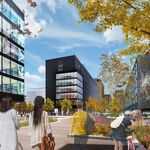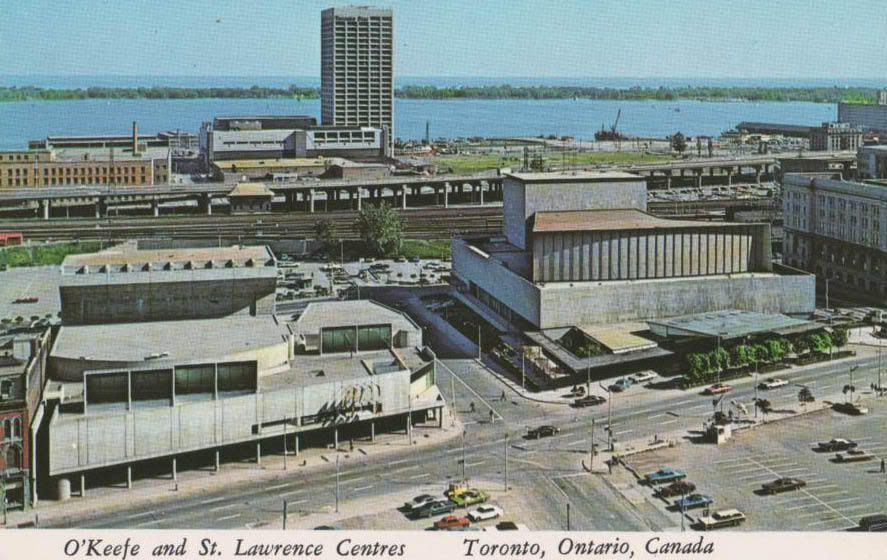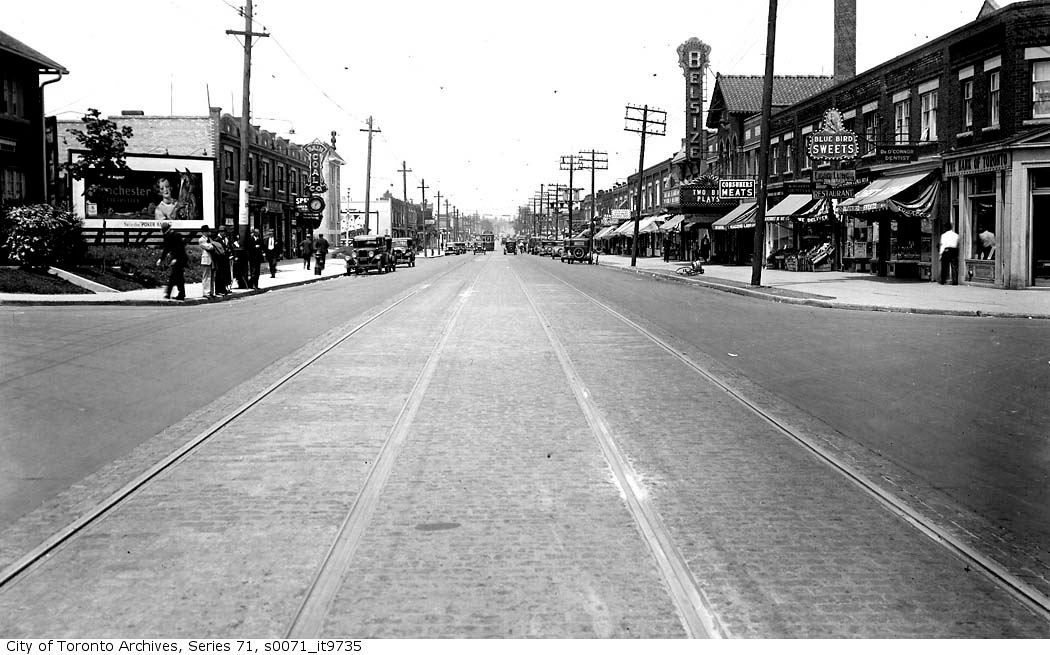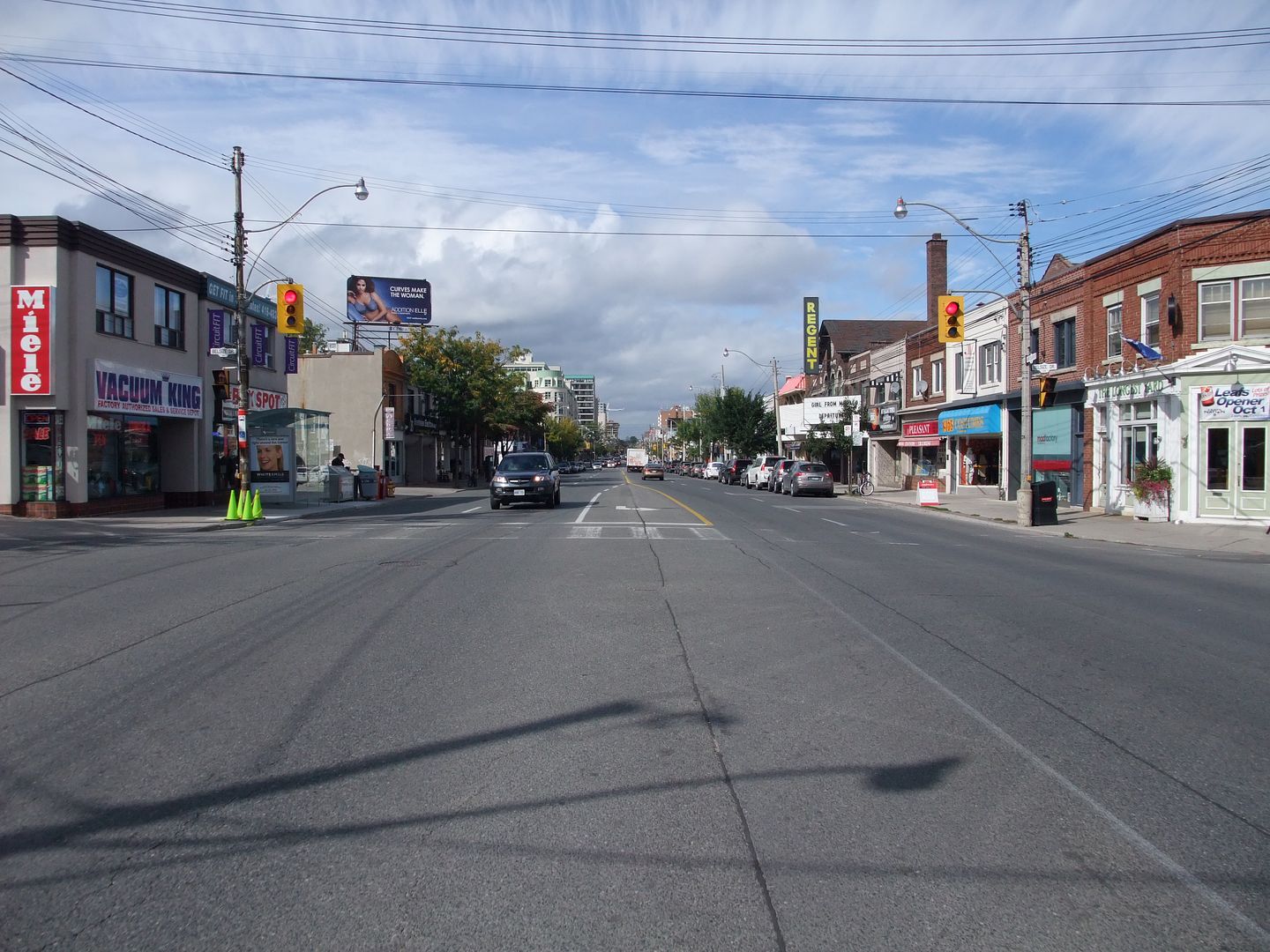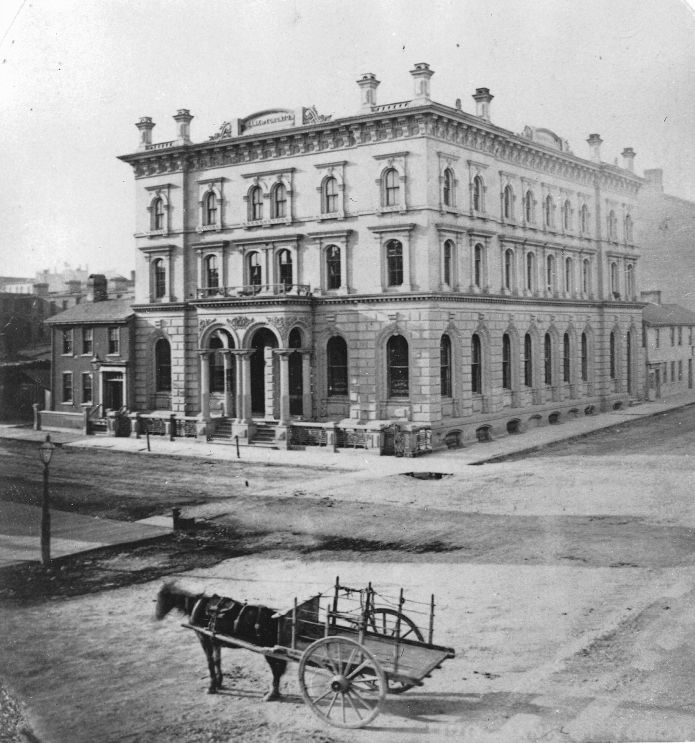thecharioteer
Senior Member
The density of the blocks south of King was quite extraordinary (first pic is of Wellington east from Yonge in the 1880's) and most of the 19thC buildings survived until the 1940's as can be seen in this aerial photo:

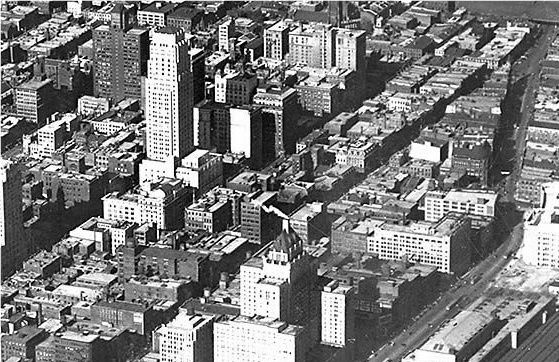
And in this pic from the 1920's:
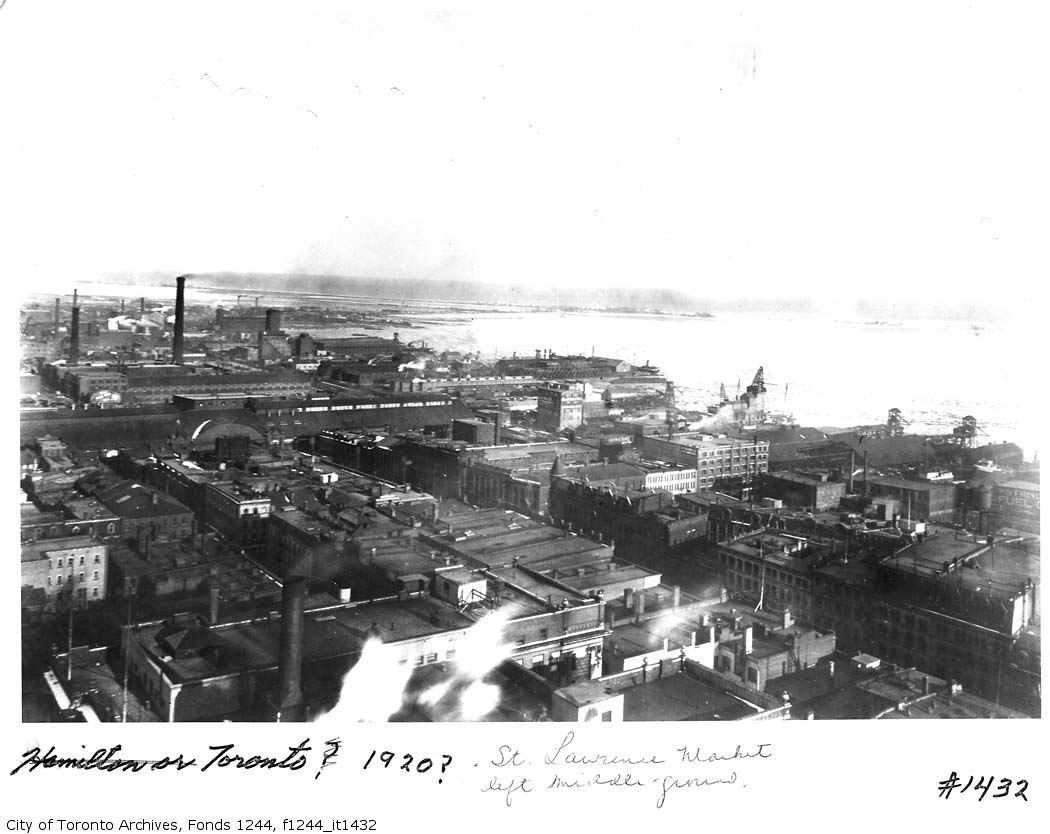
One particular demolition which was unfortunate was the original Stock Exchange Building from the 1850's (NW corner of Wellington and Leader Lane), which survived until the 30's:

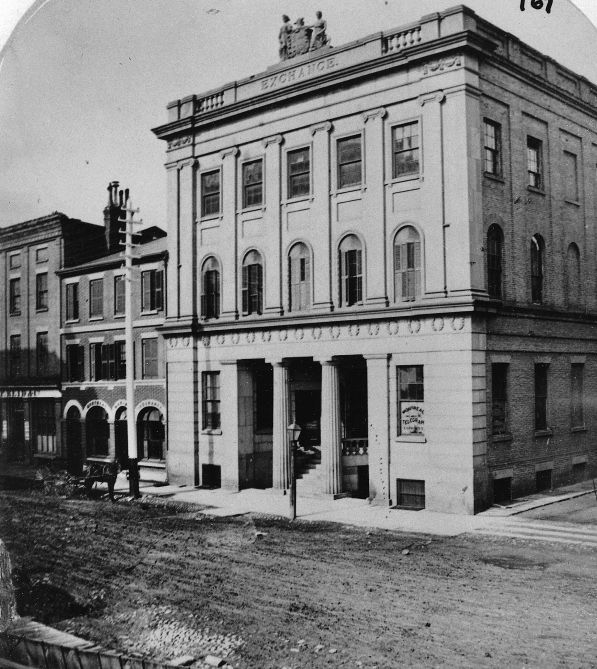


And in this pic from the 1920's:

One particular demolition which was unfortunate was the original Stock Exchange Building from the 1850's (NW corner of Wellington and Leader Lane), which survived until the 30's:


Last edited:



